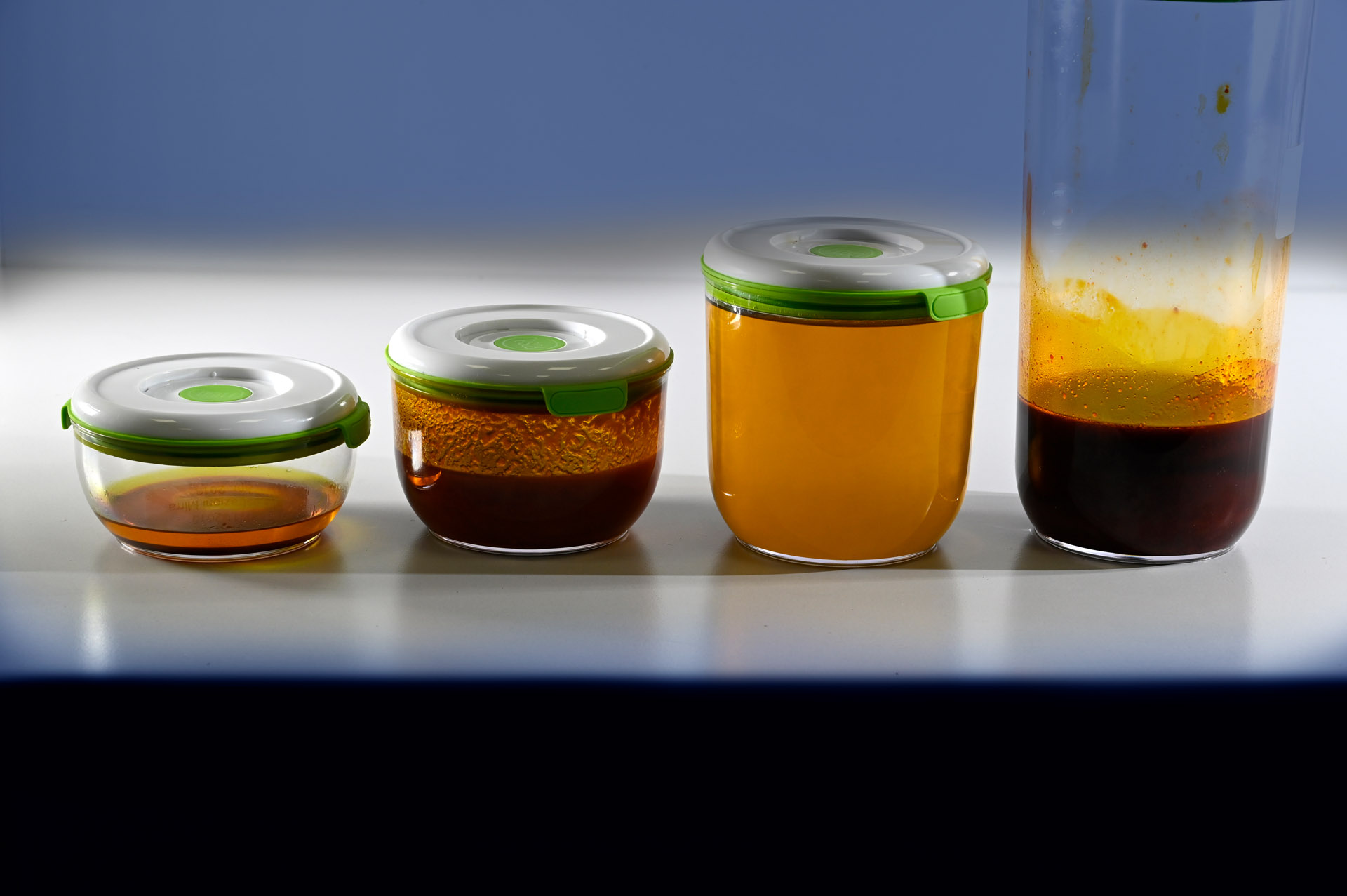
Cannabis intended for therapy and industrial use can be released under different forms: extracts and distillates in the first place. But how do you obtain these products and what are their main differences?
What extracts are
Extraction is a process which allows the separation of the active principles of bio matter, in this case cannabis’ biomass.
The aim is to create extracts and concentrates for use in the therapeutic, cosmetic, food or industrial sectors.
The procedures of cannabis extraction vary according to the methods and tools used, which determine the quality and quantity of the cannabinoids and the terpenes, present in the final product.
Two are the most common methods: the first using solvents – propane, butane, ethanol, carbon dioxide, to name some -, which dissolve the matter and allow the separation of the different components from the bio-mass; the second without using solvents, a method which allows the production of concentrates following physical and chemical laws through pressure, heat and water. The extracts are the result of these procedures.
In Canax the extraction takes place with supercritical CO2, a technique which uses carbon dioxide as a solvent frequently used in the food, nutritional, cosmetic and pharmaceutical industry. Through this method of extraction the active principles are isolated by forcing the matter through high pressures with CO2 at the supercritical state.
As opposed to more conventional procedures, extraction with supercritical fluids is selective towards bioactive compounds and prevents impurities in the final products and further need to recover the solvents; because of this, it’s considered a Green Technology in that it ensures the environmental sustainability of the procedure and a high grade of quality and purity of the product extracted.
The extraction is then followed by filtration and distillation, from which we gather distillates.
What distillates are
Distillation is a molecule separation that enables the industries to isolate the different compounds present in the extract and to obtain a more concentrated substance; in the case of cannabis, for example, these components can be the CBD and the THC.
To achieve a distillate, always in liquid form, it’s necessary to boil the result of the extraction until the substances present start to evaporate. And then, thanks to the equipment provided by the company, the vapours start condensing, transforming the desired compounds to liquid form, separating them definitively from the initial extraction. This distillate can be used as a base for edible products, oils and tinctures or vaporizers.
In Canax, after the extraction using supercritical CO2, the compound is submitted to a variety of procedures and purifications. The basic ones are: the removal of waxes, of chlorophylls and other undesired compounds. This is followed by more fractional distillations and/or a variety of liquid-solid or liquid-liquid chromatography techniques.
Extracts and distillates: the main differences
In conclusion, the first and most important difference between extracts and distillates is the processing stages involved and the order in which they are followed.
Other than these, the end result is different; with distillation, in fact, the final product is a more concentrated substance and with the cannabinoids in a purer form.

